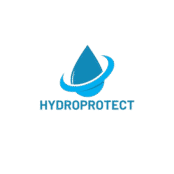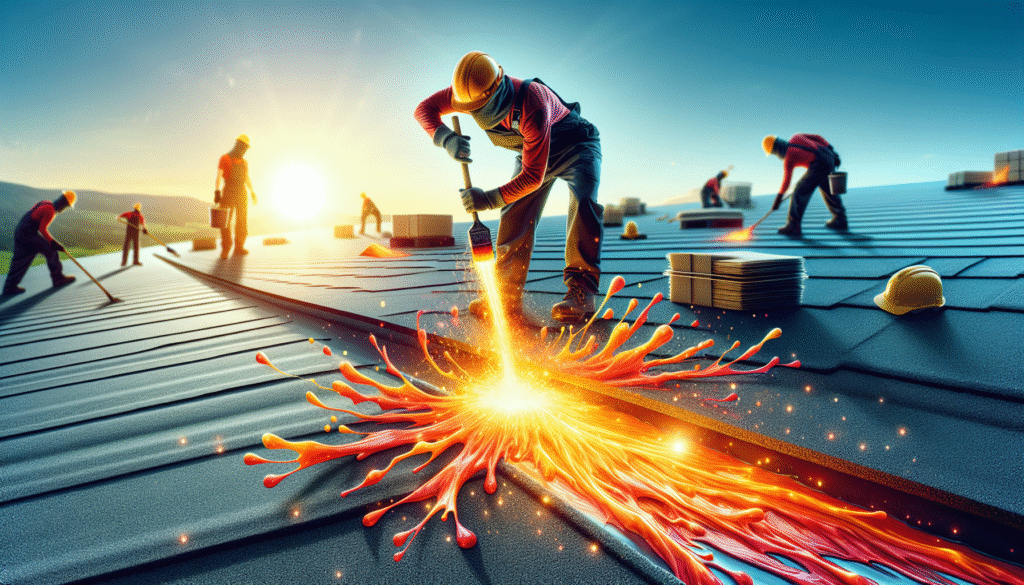The Power of Hotmelt Roof Waterproofing
In the ever-evolving realm of construction and building maintenance, ensuring the longevity and durability of a roof is paramount. Among the myriad of solutions available, hotmelt roof waterproofing stands out as a revolutionary method that promises to change the game forever. For hall and warehouse owners, developers, and property managers alike, this technology offers an advanced approach to insulation and waterproofing, providing robust protection against the elements. But what makes hotmelt waterproofing so special?
Understanding Hotmelt Technology
The term „hotmelt” refers to a type of adhesive used in various industrial applications. In the context of roofing, hotmelt involves a solid material that becomes activated upon heating and forms a strong, impermeable membrane when cooled. This technology has been leveraged to create some of the most reliable waterproofing solutions in the market today. Below, we delve into the specifics that make hotmelt indispensable for modern construction projects.
Composition and Application
Hotmelt systems are typically composed of a combination of polymer-modified bitumen and reinforcement. This combination ensures excellent adhesion and flexibility, vital for accommodating structural movements without compromising on waterproofing.
- Installation Process: During installation, the hotmelt is heated to a liquid state and then applied to the roof substrate. As it cools, it solidifies, seamlessly forming a watertight barrier.
- Reinforcement Layer: A reinforcing layer may be embedded into the liquid to enhance its strength and durability, making it resistant to punctures and tears.
Comparison with Traditional Methods
Conventional waterproofing methods, such as single-ply membranes and liquid-applied membranes, have been the mainstay for many years. However, they may have limitations when compared to hotmelt technologies. Here’s how hotmelt differs:
- Durability: Hotmelt offers a longer lifespan than many conventional systems, reducing the frequency of repairs and replacements.
- Adaptability: The system can accommodate unusual roof designs and complex penetrations better than traditional membranes.
- Seamless Finish: Unlike some systems that require joint welds or seams, hotmelt forms a continuous membrane, eliminating weak points.
Benefits for Building Owners
Adopting hotmelt roof waterproofing comes with a multitude of advantages that cater to the specific needs of building owners and managers.
Cost-Effectiveness
While the initial costs of hotmelt systems might be comparable or slightly higher than other methods, the long-term benefits significantly outweigh the initial outlay.
- Long Lifespan: With a potential service life of over 30 years, hotmelt significantly cuts down on costs associated with maintenance and replacement.
- Energy Efficiency: A well-insulated building minimizes heating and cooling costs, potentially lowering energy bills.
Environmental Impact
Environmental sustainability is increasingly becoming a priority for developers and property managers. Hotmelt systems offer several eco-friendly benefits:
- Recyclable Material: Many hotmelt components are recyclable, supporting circular economy principles.
- LEED-Eligible Credits: The superior insulation properties of hotmelt systems can contribute to earning LEED credits for energy efficiency.
Choosing Hotmelt for Your Next Project
For developers and property managers aiming to invest in future-proof technology, hotmelt roof waterproofing emerges as a clear frontrunner. Its lasting performance, paired with the flexibility and adaptability of the system, ensures that buildings remain resilient against all weather conditions.
Installation Considerations
Successful installation of hotmelt systems requires professional expertise. Working with experienced contractors can significantly enhance the quality, efficiency, and overall success of the project.
- Landscaping and Design: Hotmelt systems are suitable for green roof installations, offering additional stormwater management and insulation benefits.
- Complex Projects: Due to its adaptable nature, hotmelt is ideal for buildings with intricate designs and varying roof shapes.
Maintenance and Longevity
While hotmelt systems are inherently durable, regular inspections can extend the life of the waterproofing. Identifying and addressing potential issues early can prevent costly repairs or replacements in the future.
Summary
Hotmelt roof waterproofing offers a transformative solution for enhancing building durability and performance. Its seamless application, long lifespan, and ability to accommodate complex roof designs make it an ideal choice for modern construction and renovation projects. Whether you’re a developer, a building manager, or a warehouse owner, considering hotmelt could be the key to ensuring your roof stands the test of time while also achieving cost savings and environmental benefits.

